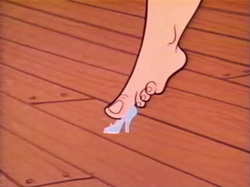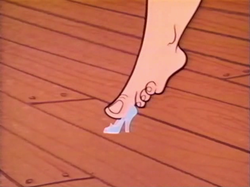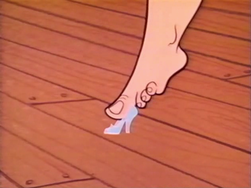Rod: LTS Explosive LT 6/7 12'6"
Line: 350 Rio Steelhead Scandi (31 feet)
Leader: 10' Airflo Intermediate with 3' Maxima
Fly: Hoh Bo Spey (Chartreuse)
River: Clackamas River, OR
This is my latest Summer Steelhead Rig for the Deschutes.
In reference to the 1st Cast, note the Flex Point (FP) and how responsive that FP in recovering with little counter-flex*. This leads to high line speed and tight loops.
The poor man's side of Deschutes requires LH single spey, so this demo is true to a poor man seeking luxuriant casting rig. The Hoh Bo Spey is bigger and heavier than flies for Summer run, but used in this case to put the setup through its paces.
Disclaimer: I am on Team LTS USA, but I wouldn't endorse anything I don't believe in or enjoy using. Hope this demo shows why.
For more on this rod: http://www.fishon-sports.com/lts-explosive-light-spey.html






 RSS Feed
RSS Feed
